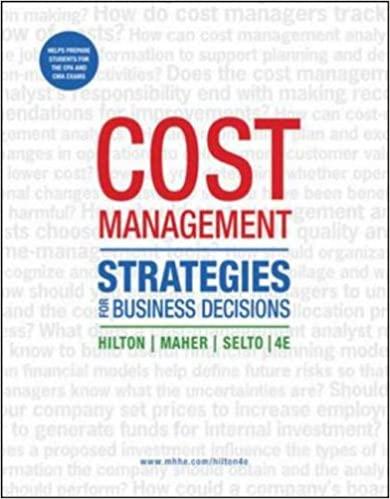Question
1) The main idea behind the crossing-the-chasm framework is that significant differences exist between the early customer groups, who enter during the introductory stage of
1) The main idea behind the crossing-the-chasm framework is that significant differences exist between the early customer groups, who enter during the introductory stage of the industry life cycle, and later customers, who enter during the growth and matured stage. Which of the following statements about the framework is FALSE?
a. First movers targeting at the early customer groups (e.g., innovators and early adopters) tend to take higher risks than later movers.
b. The crossing-the-chasm framework can be applied to understand multiple segments of the general environment (e.g., demographic, sociocultural, and technological segments).
c. Later movers targeting at the the later customer groups (e.g., customers in the mainstream) usually incur higher expenses than the first movers since it must engage in reverse engineering.
d. A majority of early movers fall into the chasm due to misalignment between their core competencies and a new customer group's needs and demands.
2) The firm A owns two business divisions: one is selling paper towels and the other is selling diapers. The two products need a common material. The basic type(s) of operational economies through which the firm seeks values from economies of scope is(are)
a. the leveraging of individual tangible resources b. the sharing of value chain activities and support functions c. joint ventures and outsourcing d. synergies between internal and external capital markets
3) Amos Ball, Inc., is a printing company in the Southeastern Michigan that has been family owned and managed for three generations. Which of the following statements is most likely to be TRUE?
a.The function of risk-bearing and decision making are separate at Amos Ball. b. Agency costs at Amos Ball are higher than at non-family firms due to the incentives spent for motivating family-managers to make the interests of the firm's owners. c. If all things (e.g., capabilities, resources, managerial abilities, affiliated industry) are equal, Amos Ball will outperform non-family firm. d. At Amos Ball, the occurrence of managerial opportunism is highly likely.
Step by Step Solution
There are 3 Steps involved in it
Step: 1

Get Instant Access to Expert-Tailored Solutions
See step-by-step solutions with expert insights and AI powered tools for academic success
Step: 2

Step: 3

Ace Your Homework with AI
Get the answers you need in no time with our AI-driven, step-by-step assistance
Get Started


